The French Revolution at the Musée Carnavalet
As noted in Napoleon.org, an online magazine published by the Fondation Napoléon:
![]() La Révolution française, trésors cachés du musée Carnavalet / The French Revolution: Hidden Treasures of the Musée Carnavalet
La Révolution française, trésors cachés du musée Carnavalet / The French Revolution: Hidden Treasures of the Musée Carnavalet
Musée Carnavalet, Paris, 30 September 2009 — 3 January 2010
 The Musée Carnavalet, site of one of the largest and most important collections on the French Revolution, is holding an exhibition dedicated to the events of 1789 and beyond, based on two hundred carefully selected pieces (including drawings, engravings, paintings, objets d’art and sculptures) from its stores. The exhibition is laid out chronologically, and will trace the major events of the Revolution through such works of art and depictions as the Serment du Jeu de Paume, the storming of the Bastille and the Fête de la Fédération. As well as the chronological aspects to the exhibition, themes such as the role of women, the key players in the events, vandalism, religion, fashion and architecture will all be considered. La Révolution française, trésors cachés du musée Carnavalet offers visitors the opportunity to immerse themselves in the events of a period that irrevocably changed society.
The Musée Carnavalet, site of one of the largest and most important collections on the French Revolution, is holding an exhibition dedicated to the events of 1789 and beyond, based on two hundred carefully selected pieces (including drawings, engravings, paintings, objets d’art and sculptures) from its stores. The exhibition is laid out chronologically, and will trace the major events of the Revolution through such works of art and depictions as the Serment du Jeu de Paume, the storming of the Bastille and the Fête de la Fédération. As well as the chronological aspects to the exhibition, themes such as the role of women, the key players in the events, vandalism, religion, fashion and architecture will all be considered. La Révolution française, trésors cachés du musée Carnavalet offers visitors the opportunity to immerse themselves in the events of a period that irrevocably changed society.
◊ ◊ ◊ ◊ ◊
France-Angleterre à Carnavalet, caricatures anglaises au temps de la Révolution et de l’Empire / France and England at the Carnavalet: English Caricatures during the Revolution and the Empire
Musée Carnavalet, Paris, 30 September 2009 — 3 January 2010
Running alongside La Révolution française, trésors cachés du musée Carnavalet is a small display of some forty English caricatures from the Revolution and French Empire periods. At the dawn of the French Revolution, English caricature, infused with a rare irreverence, dominated European satirical production. Its freedom in tone is inherently linked to the press freedom that existed in Britain at the time, which led to comment on not only continental affairs, but those relating to domestic matters too. The characters of Napoleon Bonaparte and the Sans-culottes, and the chaotic political events in France provided a wealth of material and inspiration for the satirists, allowing them to give vent to their patriotism and innovation in equal measure. The images, always lively and often crude, are placed in their historical context, and allow the visitors to develop their understanding of national stereotypes and appreciate the combative satire of French events as interpreted by artists such as James Gillray, Isaac and George Cruikshanks and Thomas Rowlandson.

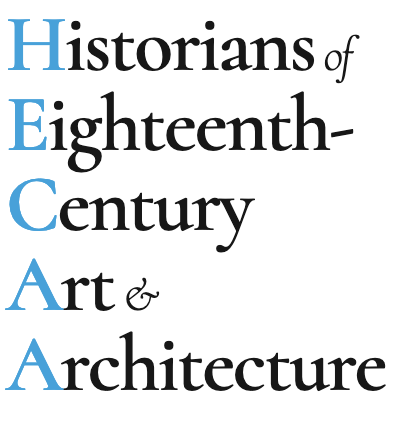

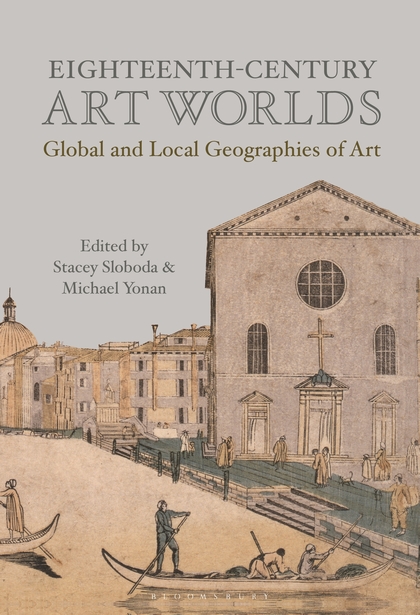

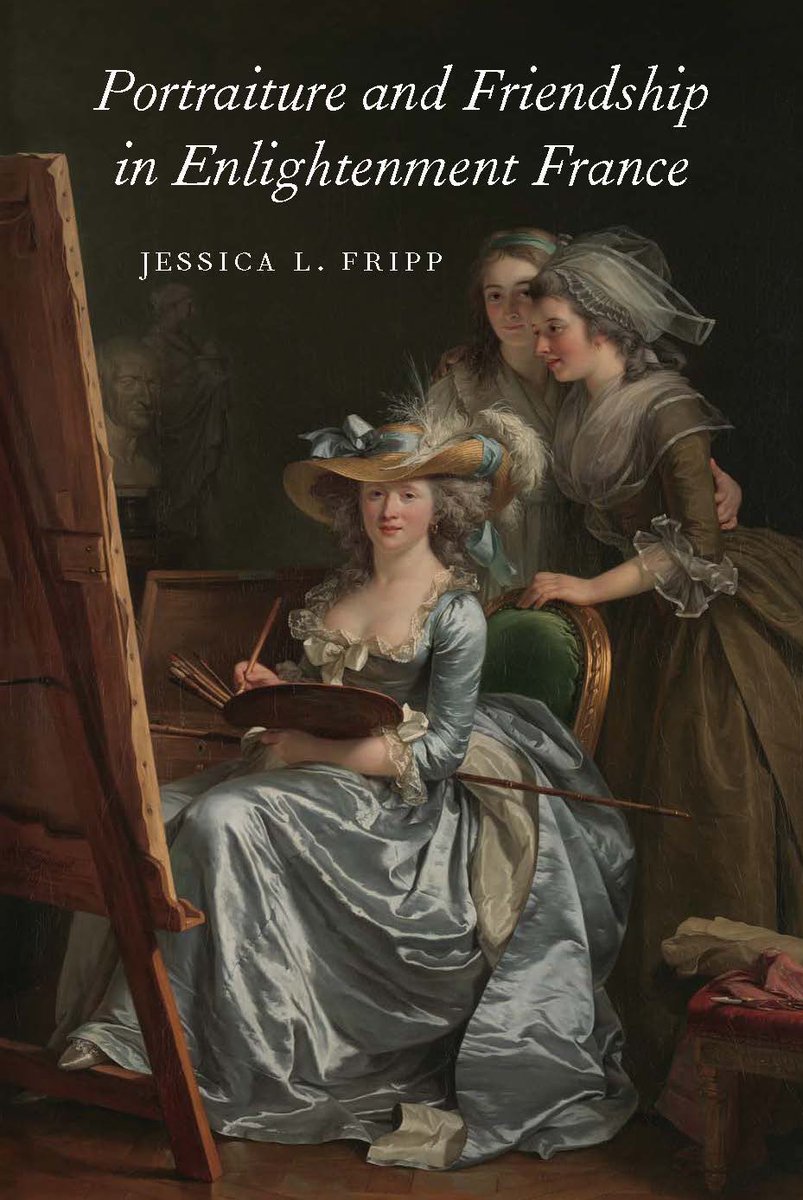















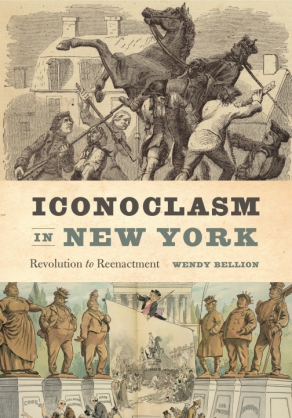



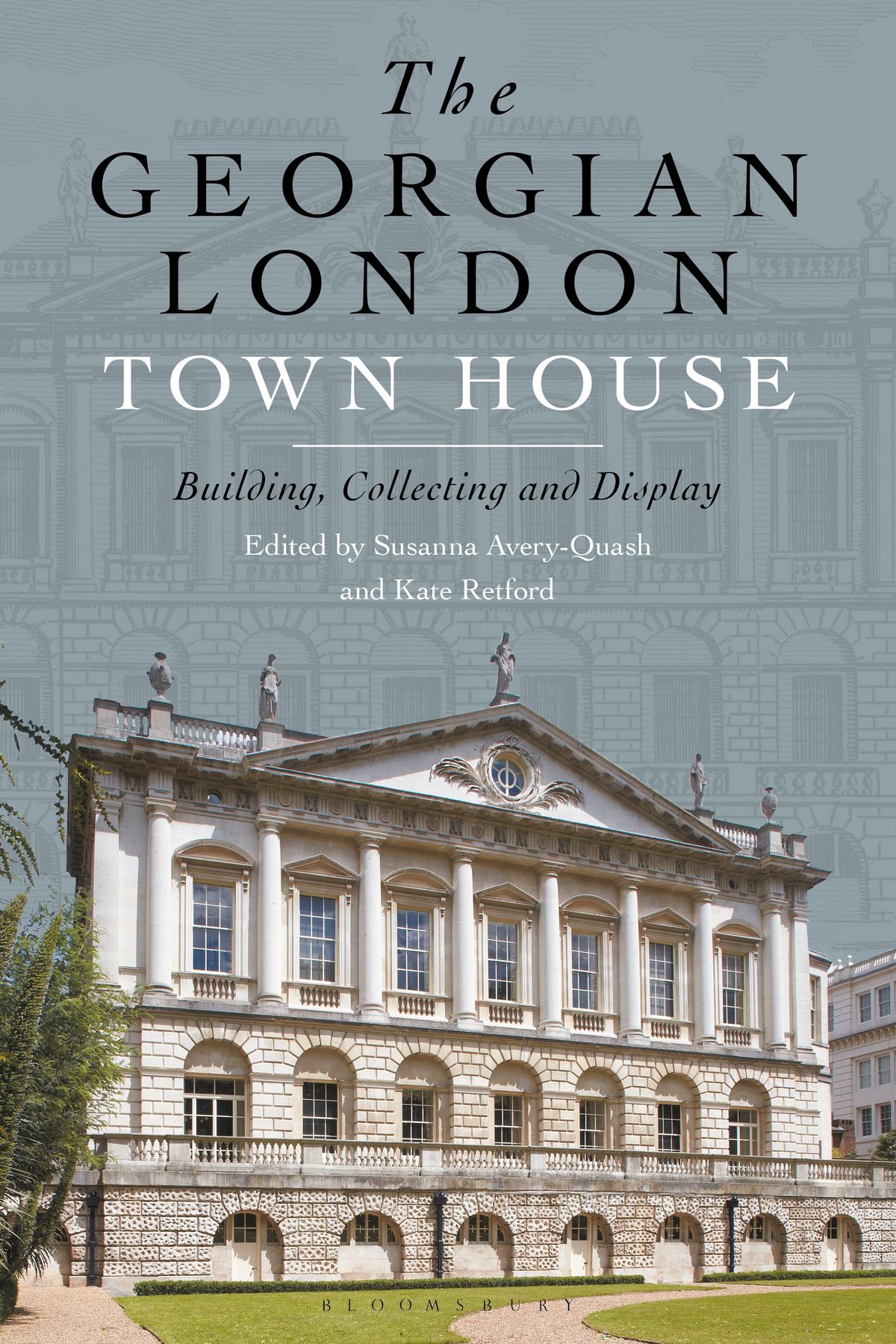


leave a comment